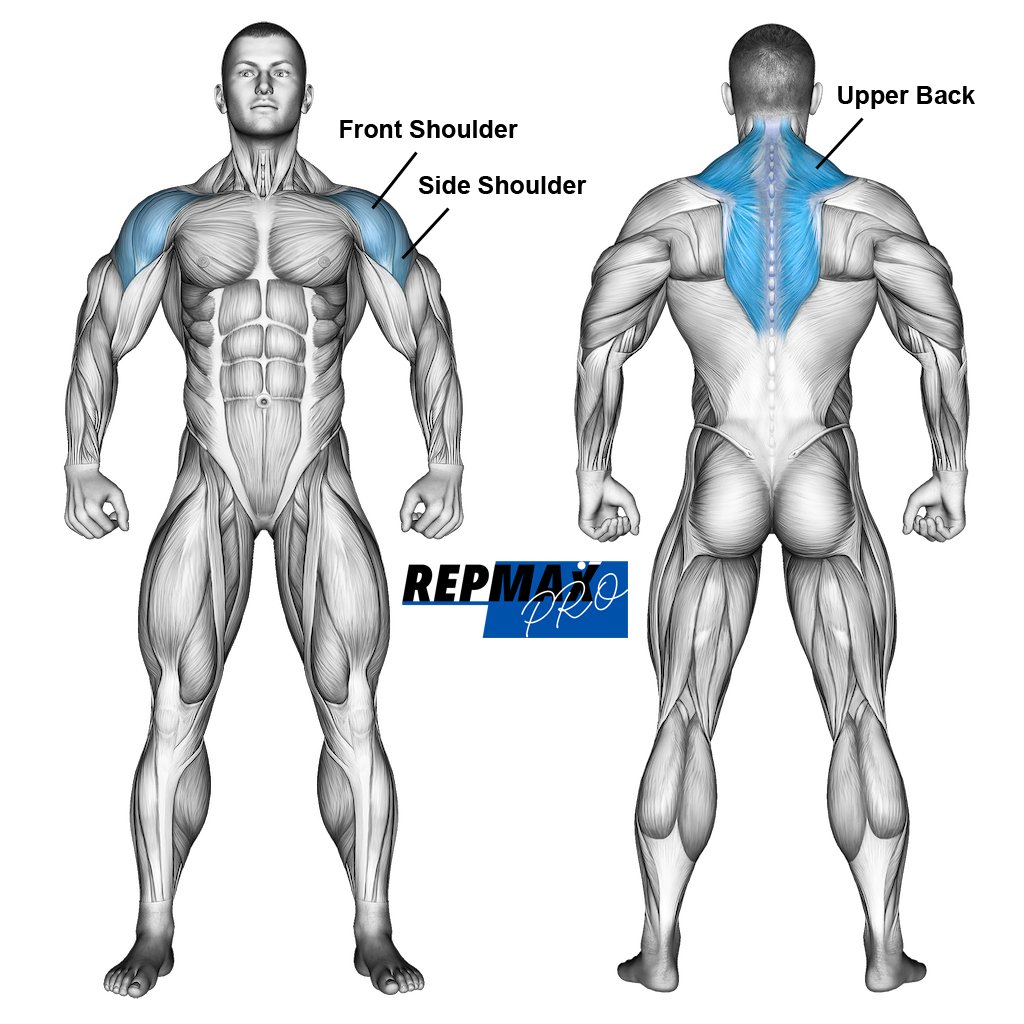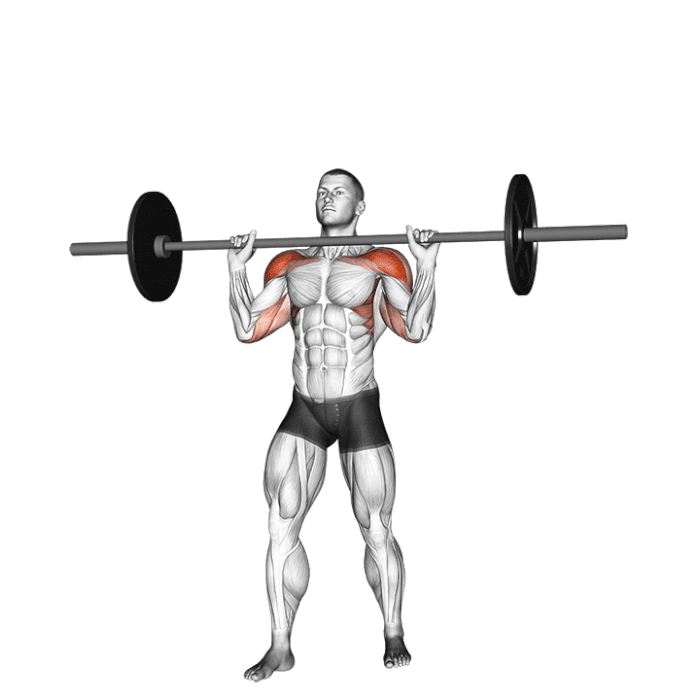Cable Seated Row
The cable seated row is a powerful exercise that targets the back muscles, helping to build strength and improve posture. It is a staple in many strength training routines due to its ability to effectively engage multiple muscle groups.
This is performed using a cable machine with a seated position, allowing for a controlled and effective pulling motion. This exercise targets the upper and middle back muscles and helps in developing a strong and muscular back. By sitting down and using a cable machine, you can maintain a stable and controlled movement throughout the exercise.
Targeted Muscle Groups

Primary Muscles:
- Latissimus Dorsi (Lats): The lats are the main muscles worked during the cable seated row. They are responsible for the pulling motion and help in creating a V-shaped back.
- Rhomboids: Located between the shoulder blades, the rhomboids are crucial for retracting and stabilizing the scapulae.
Secondary Muscles:
- Trapezius: The traps assist in stabilizing the shoulders and upper back during the row.
- Biceps Brachii: The biceps help in flexing the elbows during the pulling motion.
- Rear Deltoids: The rear delts contribute to the pulling movement and shoulder stabilization.
- Erector Spinae: These lower back muscles engage to maintain proper posture and stabilize the spine.
Equipment Needed
- Cable Machine: A cable machine with a row attachment (e.g., a V-bar or wide grip handle) is required for this exercise.
- Seated Bench or Platform: Many cable machines come with an integrated bench or platform to sit on.
- Weight Plates: Adjust the weight according to your fitness level and goals.
How to Perform the Cable Seated Row: Step-by-Step Guide
Step 1: Set Up the Equipment
- Adjust the Seat: Set the seat height so that your feet can rest flat on the floor or the footrest, and your knees are slightly bent.
- Attach the Handle: Choose the appropriate handle attachment (e.g., V-bar or wide grip handle) and secure it to the cable machine.

Muscles used in the military press.
Illustration credit © Aliaksandr Makatserchyk
Step 2: Assume the Starting Position
- Sit Down: Sit on the bench or platform with your feet firmly planted on the floor or footrest.
- Grip the Handle: Reach forward and grasp the handle with both hands, using an overhand grip. Your arms should be fully extended, and your torso should be upright.
Step 3: Begin the Row
- Engage Your Core: Tighten your core muscles to stabilize your torso.
- Pull the Handle: Initiate the movement by pulling the handle towards your torso. Focus on squeezing your shoulder blades together and engaging your back muscles. Your elbows should remain close to your body.
Step 4: Complete the Row
- Bring the Handle to Your Torso: Continue pulling until the handle is close to your lower ribcage or abdomen. Hold the contraction for a brief moment.
Step 5: Return to the Starting Position
- Control the Descent: Slowly extend your arms to return to the starting position. Avoid letting the weight stack drop suddenly; maintain tension in the muscles throughout the movement.
Step 6: Repeat
- Perform Reps: Complete the desired number of repetitions while maintaining proper form and controlled movements.
Recommended Reps and Sets
- Beginners: 3 sets of 10-12 reps with moderate weight.
- Intermediate: 4 sets of 8-10 reps with heavier weight.
- Advanced: 4-5 sets of 6-8 reps with challenging weight.
Pro Tips for Success
- Focus on Form: Prioritize proper form to maximize the effectiveness of the exercise and prevent injury. Keep your back straight and avoid rounding your shoulders.
- Engage Your Back Muscles: Concentrate on using your back muscles to pull the handle, rather than relying on your arms.
- Maintain Controlled Movements: Avoid using momentum to complete the row. Perform each repetition with controlled and deliberate movements.
- Adjust the Weight Appropriately: Choose a weight that allows you to complete the exercise with proper form while challenging your muscles.
- Incorporate Variations: Include variations such as single-arm rows or different handle attachments to target different areas of the back and prevent plateaus.
Common Mistakes to Avoid
- Rounding the Back: Avoid rounding your back during the exercise. Keep your spine neutral and your shoulders down.
- Using Excessive Weight: Using too much weight can lead to poor form and potential injury. Select a weight that allows you to complete the exercise correctly.
- Pulling with the Arms: Ensure that the movement is driven by your back muscles rather than just your arms.
- Inadequate Range of Motion: Fully extend your arms and pull the handle towards your torso to ensure you are working the muscles effectively.
- Ignoring Core Engagement: Engage your core throughout the exercise to maintain stability and prevent strain on your lower back.
The cable seated row is an excellent exercise for developing upper and middle back strength. Targeting the latissimus dorsi, rhomboids, and other supporting muscles, it helps build a well-rounded and muscular back. Focusing on proper form, controlled movements, and appropriate weight selection is key to maximizing the benefits of this exercise. Incorporate the cable seated row into your workout routine to enhance your back strength, improve posture, and achieve a balanced physique.
